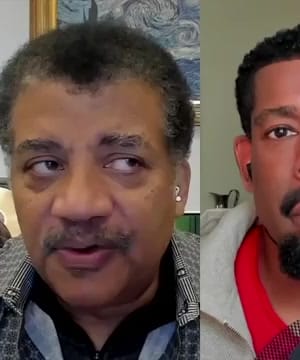Consciousness Measurement
Sources:
Measuring consciousness involves several advanced techniques and methodologies as discussed by trusted experts:
-
fMRI Scanning:
- Neuroscientists have used fMRI (functional Magnetic Resonance Imaging) to detect brain activity in patients with locked-in syndrome. In this method, patients are asked to think about specific activities, like playing tennis, to indicate a "yes" or "no" response, revealing conscious awareness despite their inability to communicate verbally or move 1.
-
Zap and Zip Test:
- This procedure involves transcranial magnetic stimulation to "ping" the brain and measure the complexity of the brain's electrical reverberations using EEG (electroencephalography). This complexity is high when the person is conscious and low when unconscious, providing a reliable measurement of consciousness with high accuracy in various states like sleep, anesthesia, and wakefulness 2.
-
Electroencephalography (EEG):
- EEG measures electrical activity in the brain and is commonly used to assess levels of consciousness, especially in medically induced comas. Scalp EEG and techniques like functional MRI (fMRI) or magnetoencephalography can evaluate brain activity at various scales, providing insights into how anesthesia or brain injuries impact consciousness 3.
-
Subjective Reports and Brain Scans:
- Experts like Steven Laureys emphasize listening to patients and using brain scans to understand consciousness post severe brain damage or in altered states like comas. Consciousness is not binary but exists in various levels, and significant brain activity can be detected even when no motor responses are observed 4.
-
Theoretical Frameworks and Combinations of Methods:
These methods, blending practical neuroscientific tools and theoretical insights, enable a nuanced understanding of consciousness, particularly in complex or unresponsive cases.
RELATED QUESTIONS-




